- | 9:00 am
This plastic Stonehenge is a monument of our times
Our ancestors left us Stonehenge. A new installation by London firm Vatraa asks what kind of legacy we want to leave in return.
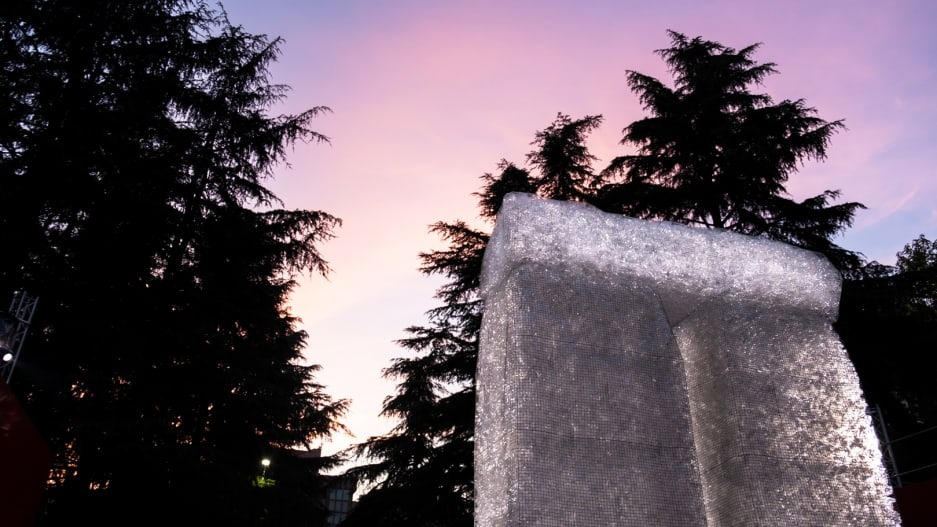
About 5,000 years ago, our ancestors built Stonehenge out of stones they likely hauled for hundreds of miles. This year, our ancestors’ descendents built Stonehenge 2.0—out of 16,000 recycled plastic bottles.
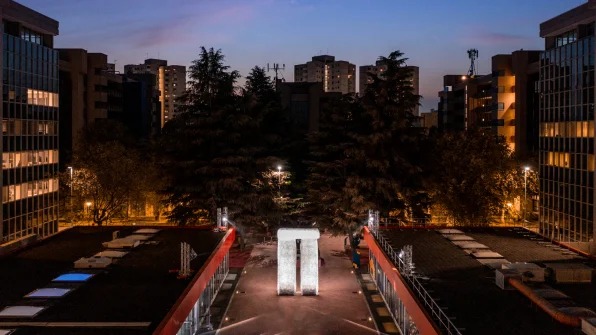
[Photo: ©Alessandra Terranova/courtesy Vatraa]
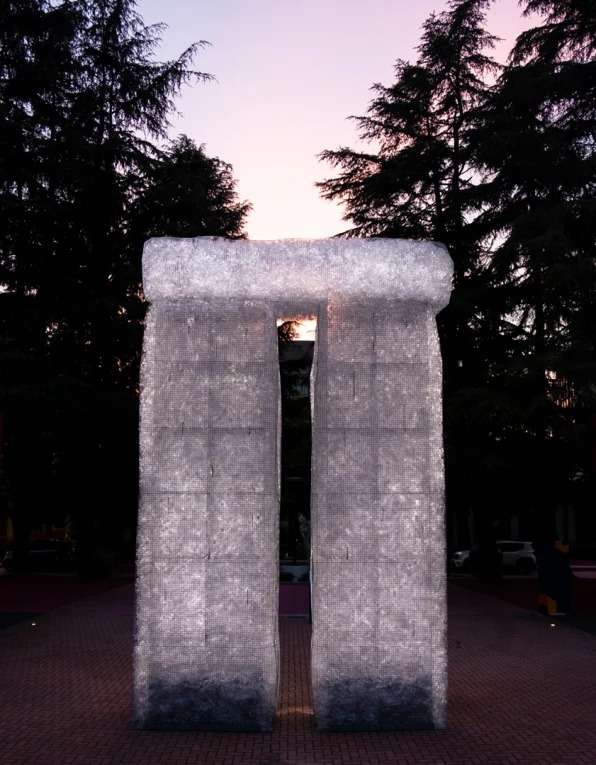
[Photo: ©Alessandra Terranova/courtesy Vatraa]

[Photo: ©Alessandra Terranova/courtesy Vatraa]
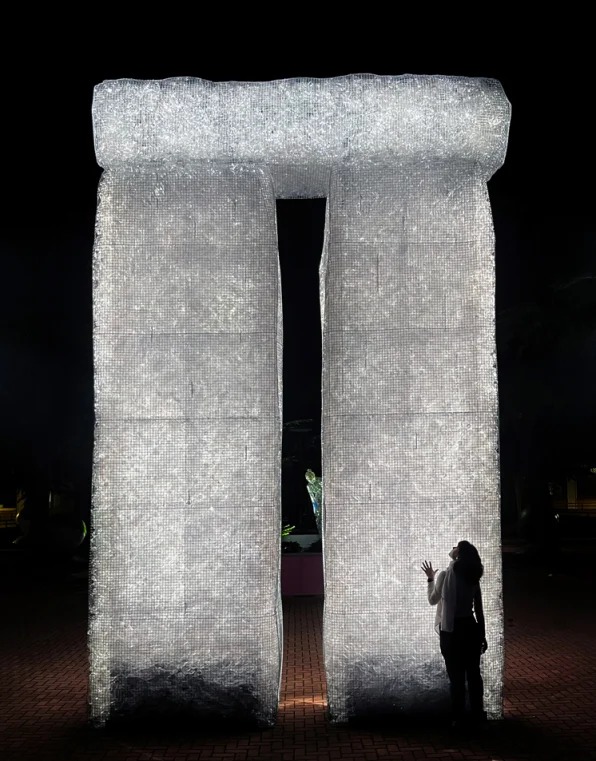
[Photo: ©Alessandra Terranova/courtesy Vatraa]
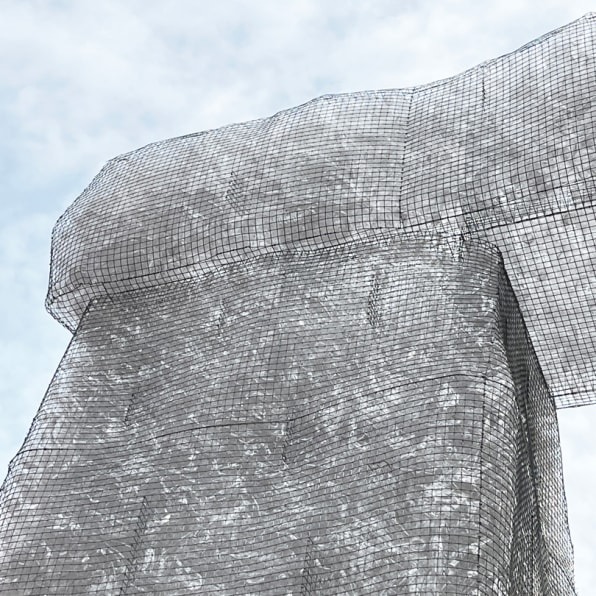
[Photo: ©Alessandra Terranova/courtesy Vatraa]





































